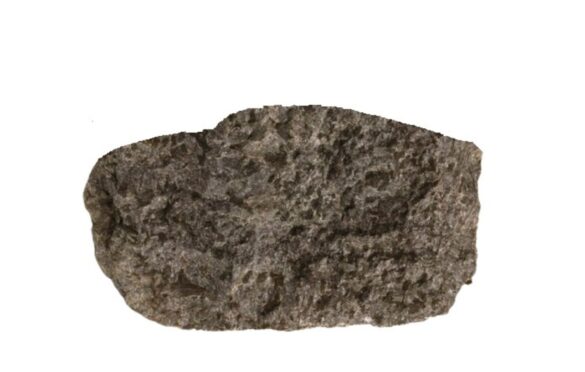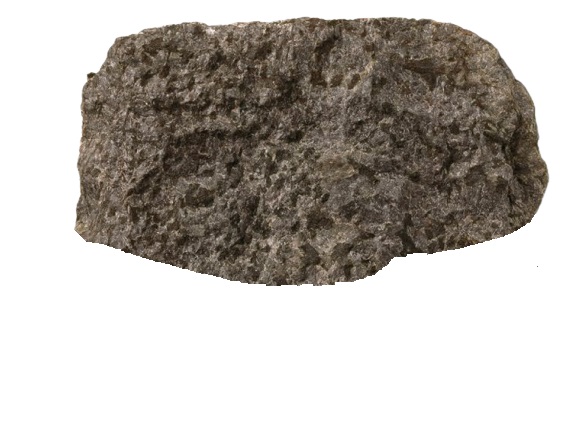Troctolite

Introduction
In the world of geology, Troctolite is a fascinating subject that deserves our attention. This rock, classified as a variety of gabbro, has garnered interest for its unique properties and applications. In this comprehensive blog post, we will delve into the depths of Troctolite, exploring its composition, texture, origin, classification, and its significance in the realm of geology and engineering geology. By the end of this article, you’ll have a profound understanding of Troctolite and its role in the Earth’s geological tapestry.
What is Troctolite?
Troctolite is a distinctive variety of gabbro, characterized by its relatively low silica content, measuring less than 55 percent. This rock primarily consists of highly calcic plagioclase and olivine, with a conspicuous absence of pyroxene. Notably, the olivine in Troctolite is frequently altered into serpentine, which adds to its geological intrigue. In terms of appearance, Troctolite typically presents as a dark gray rock, often displaying a mottled pattern.

Texture of Troctolite
Troctolite boasts a medium- to coarse-grained texture, with many crystals reaching diameters of approximately 3⁄16 inches (5 mm). What’s interesting is that the grains within Troctolite tend to be uniform in size, contributing to its distinctive appearance and geological properties.
Origin of Troctolite
To understand Troctolite’s formation, we must look to its origin. This rock typically forms in a plutonic environment, where magma cools at a slow rate. It is frequently found in association with gabbros or anorthosites, sometimes within layered complexes. This geological context provides valuable insights into Troctolite’s formation process and its place within Earth’s geology.
Classification of Troctolite
In the classification scheme of igneous rocks, Troctolite falls into the category of mafic rocks. Its coarse to medium grain size, along with its anhedral to euhedral crystal shape, further solidify its position within the realm of igneous rocks. This classification is essential for geologists to categorize and understand the rock’s properties and characteristics.
Color Palette
Troctolite, as mentioned earlier, is primarily dark gray. Its distinctive hue, often accompanied by a mottled appearance, makes it easily distinguishable in geological surveys and fieldwork.

Applications of Troctolite
Now that we’ve explored the fundamental aspects of Troctolite let’s shift our focus to its practical applications. Understanding how this rock is utilized in various industries is crucial to appreciate its significance fully.
Geological Exploration
Troctolite plays a crucial role in geological exploration and research. Its unique composition and texture make it a valuable indicator of geological processes and environments. Geologists often study Troctolite to gain insights into the Earth’s history and the conditions under which it formed.
Engineering Geology
In the field of engineering geology, Troctolite’s properties are of great interest. Its durability, resistance to weathering, and specific geological characteristics make it a valuable material for various engineering applications. Whether it’s used as a construction aggregate or for specific structural purposes, Troctolite can be a reliable choice in engineering projects.
Limited Worldwide Production
When it comes to Troctolite, it’s important to note that its production is relatively limited on a global scale. While exact production figures may vary, available data suggests that Troctolite is not as abundant as some other geological materials. This scarcity can add to its value in certain applications.
Conclusion
In conclusion, Troctolite is a remarkable rock variety with a distinctive composition, texture, and origin. Its classification as a mafic igneous rock, combined with its unique properties, makes it a valuable subject of study in the fields of geology and engineering geology. Its applications range from geological research to engineering projects, where its durability and resistance to weathering are highly prized.
As we continue to explore the depths of Earth’s geology, Troctolite stands as a testament to the complexity and diversity of our planet’s rocks and minerals. It serves as a reminder that even in the seemingly ordinary, there is a world of scientific wonder waiting to be discovered.
So, the next time you encounter a dark gray, mottled rock in your geological endeavors, remember that it might just be Troctolite, holding within its grains the secrets of our planet’s geological history.
